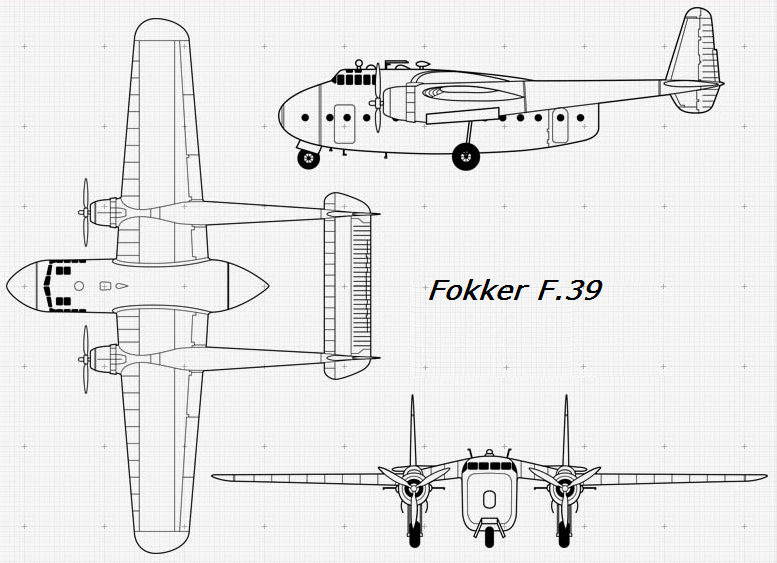In January 1950 the Peruvian National Police obtained two examples of the Hs132 via the German development agency Deutscher Entwicklungsdienst. Upon delivery the aircraft were deployed to the Puno Region were they would operate in border patrol operations as well as carrying out cargo and personnel transport, medical evacuation, and photogrammetric survey missions in support of regular police activities.
Technical Description
Crew: 2-6 (pilot, copilot/navigator, and up to four mission specialists dependent on configuration)
Capacity: Up to 12 passengers or equivalent cargo.
Usable cabin volume: 10.2 cu. metres
Length: 12.57 metres
Wingspan: 16.46 metres
Height: 5.52 metres
Wing Area: 30.1 square metres
Empty Weight: 2,150 kg
Max Takeoff Weight: 3,856 kg
Powerplant: Two Hirth T-63 turbo-propeller engines, each rated at 450 hp (336 kW) at 2,030 rpm
Performance
Max Speed: 365 kph
Cruise Speed: 310 kph
Range: 1,350 kilometres
Endurance: 8 hours at 250 kph
Usable fuel: 1,010 litres
Service Ceiling: 7,600 metres
Rate of Climb: 7.4 metres/second
Take-off to 20 metres: 320 metres
Landing from 20 metres: 226 metres





